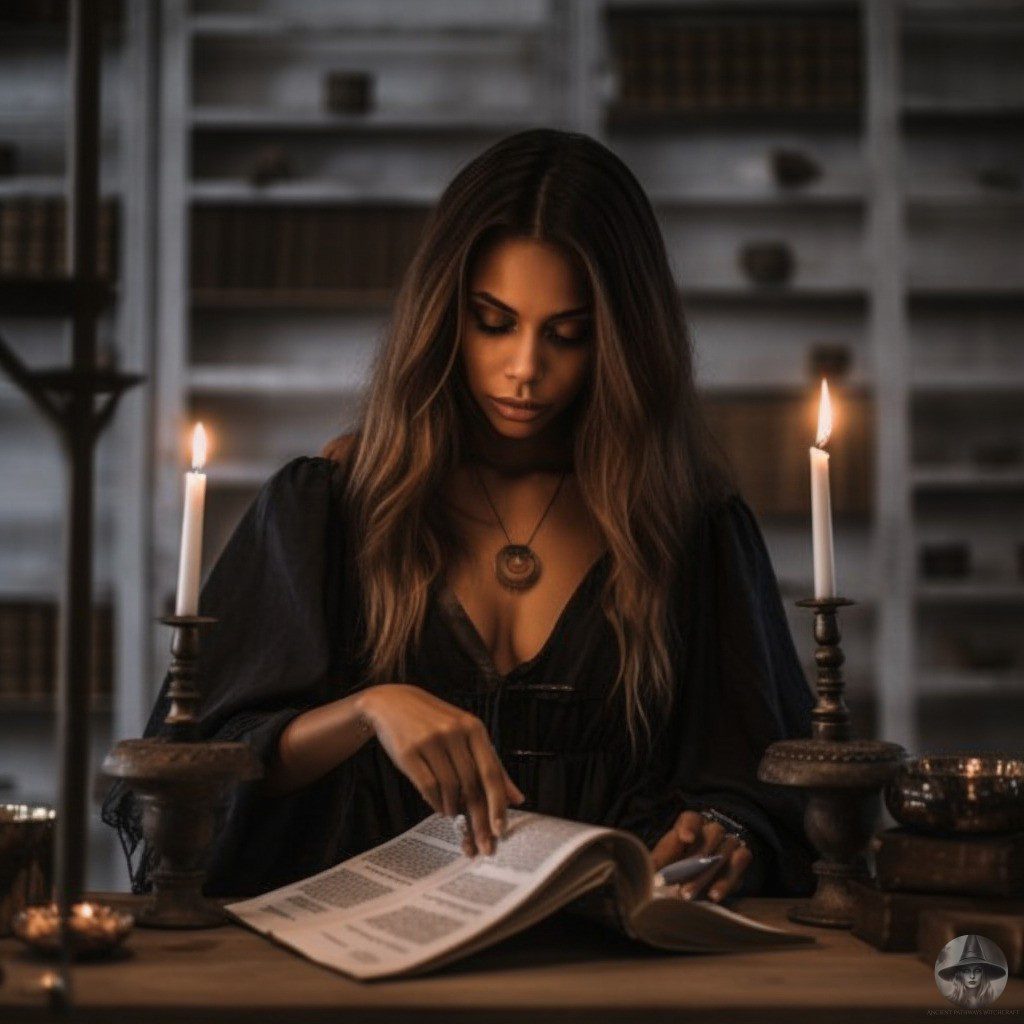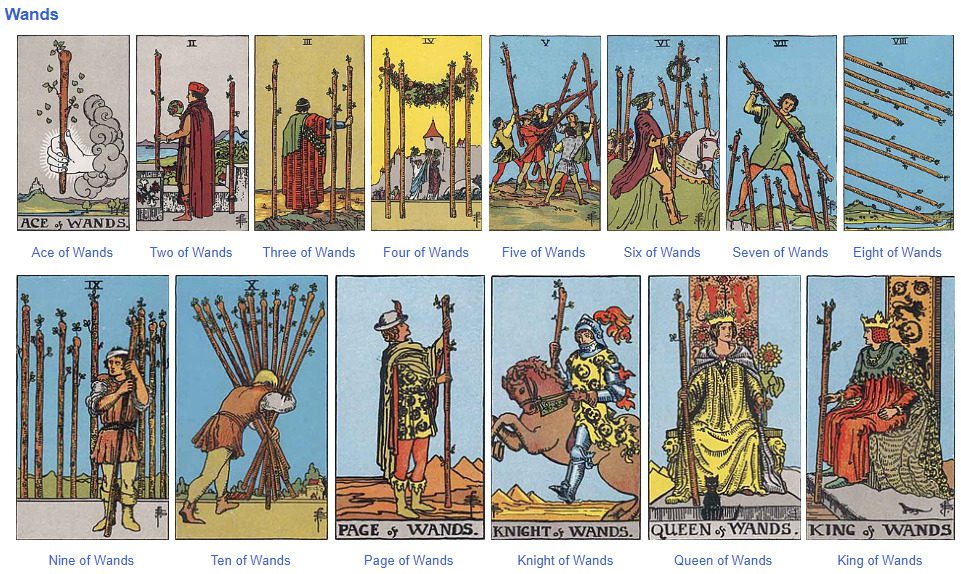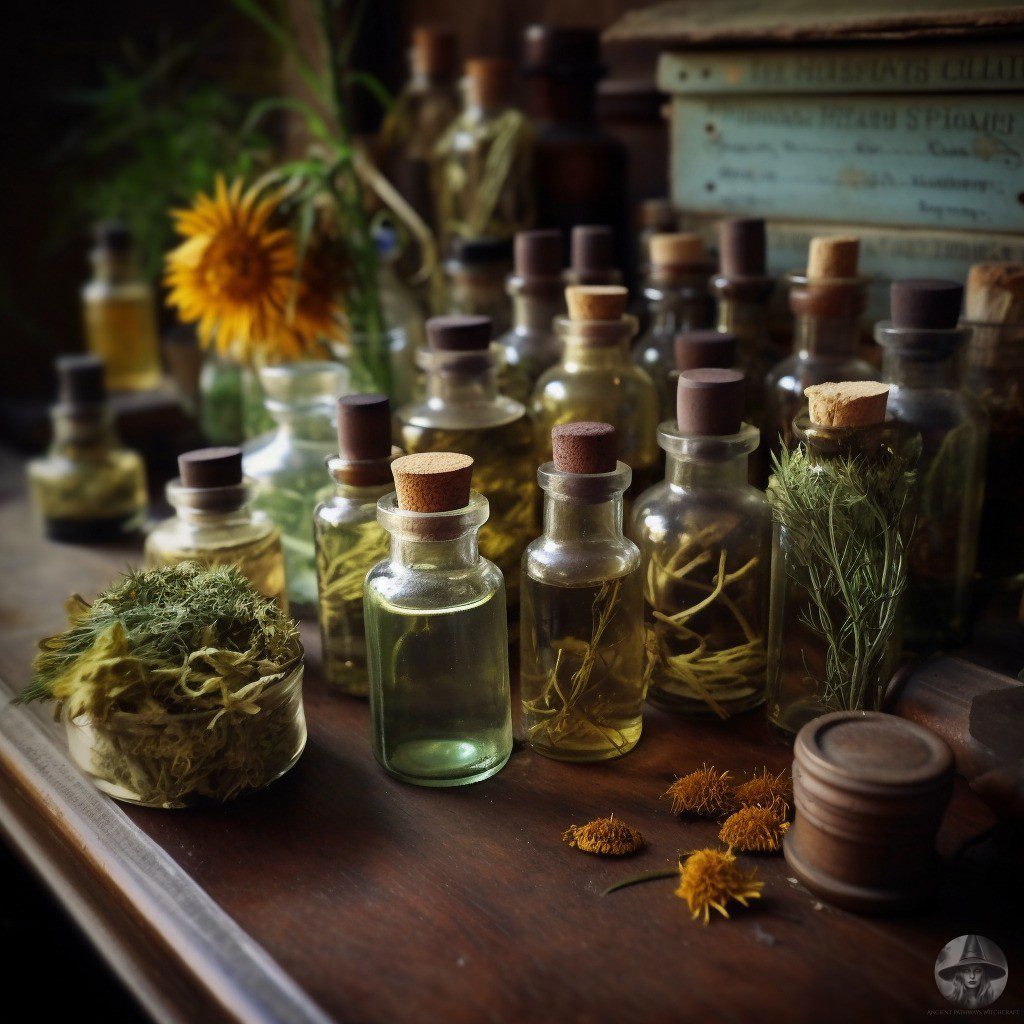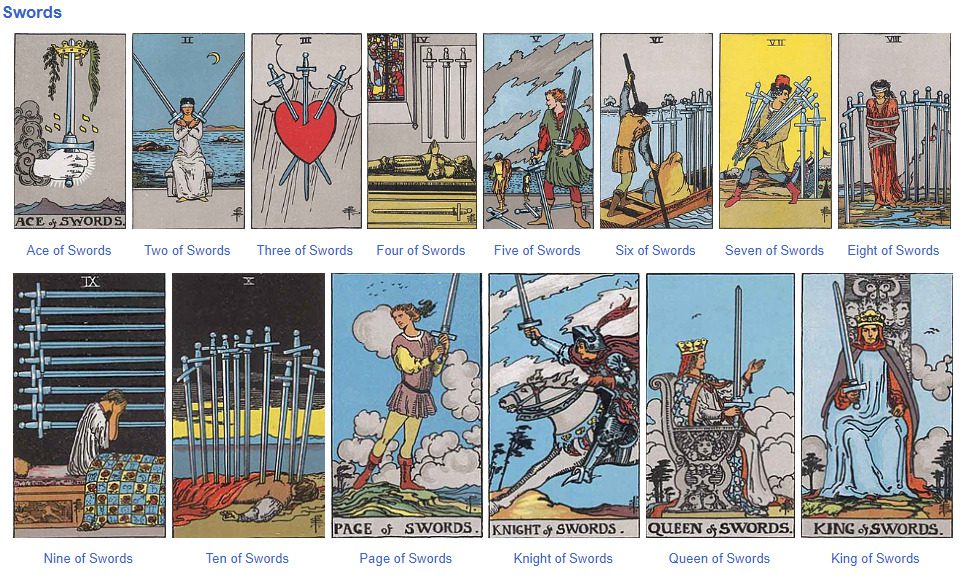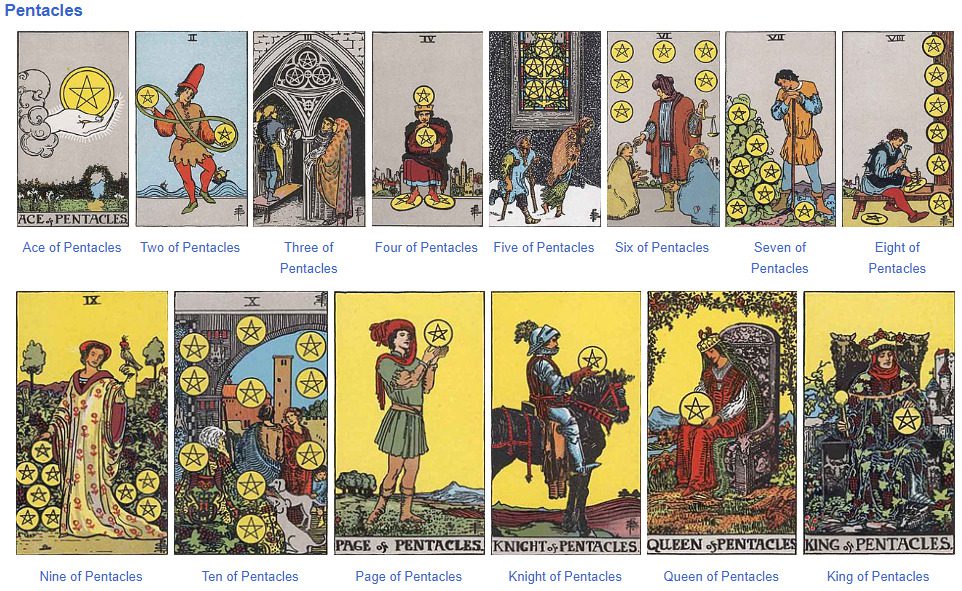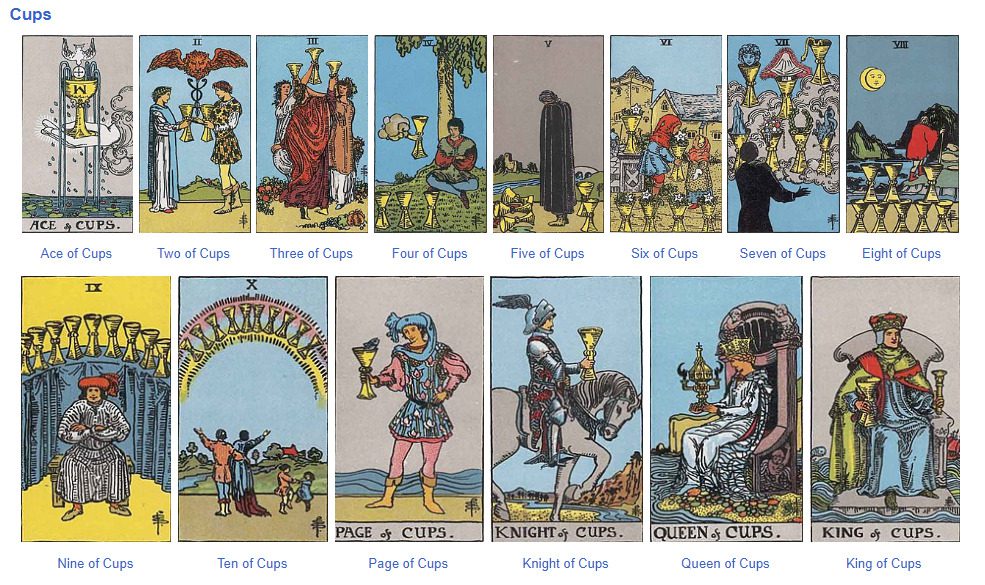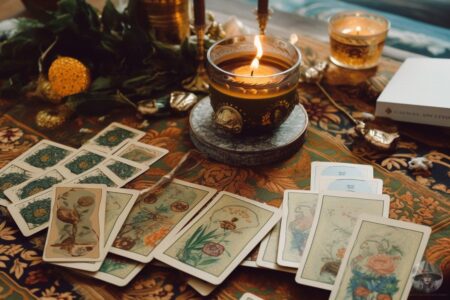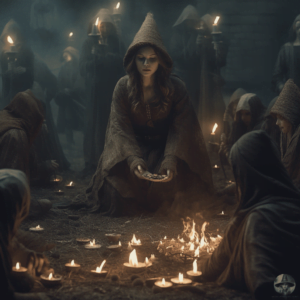Picture this: A lifestyle and practice that is all about embracing the Earth's beauty and harnessing her energies. That's green witchcraft for you, a remarkable bond between you and Mother Earth. The more love and respect you pour into this relationship, the more rewards you reap. Doesn't that sound magical already?
From the rustle of leaves to the rhythm of the seasons, everything in nature holds a bit of magic. Green witches resonate with this energy, learning from plants, weather, crystals, and even the cosmos! As we delve into this practice, let's remember that the Earth's wisdom is boundless and so is our potential to learn. So, buckle up because we're in for a journey of a lifetime!
A common question often arises: Is green witchcraft a religion? The answer is no, it's not a religion. It's a spiritual path open to all, irrespective of religious or cultural backgrounds. Whether you're a Christian, Muslim, atheist, or follow any other religion, green witchcraft warmly welcomes you.
Now, if you're wondering, "Is green witchcraft for me?" Let's tackle some common misconceptions together. You see, witches are not just hermits living in the deep woods. You can be a green witch in the heart of a bustling city, rocking high heels or a business suit. Green witchcraft isn't against modern conveniences or advancements. In fact, it's a beautiful balance of embracing nature and human potential.
Do you feel like you couldn't possibly be a green witch because you can't keep a plant alive? Well, good news: your relationship with nature isn't defined solely by your gardening skills. You might have other ways of celebrating nature – creating stunning sketches of plants, for instance, or fighting against climate change. Remember, green witchcraft is all about your personal connection with nature.
Here's another common myth we can bust: "Witchcraft is evil." Far from it! Most modern witches are not satanic or anti-Christian. In fact, did you know that Christian witches, Muslim witches, Jewish witches, and even atheist witches exist? Witchcraft can complement your religious beliefs, providing another spiritual dimension to your life.
Last but certainly not least, let's clear up this one: "Only women can be witches." That's just not true! Regardless of your gender identity or expression, you're welcome in the world of green witchcraft. This practice doesn't come with a dress code or a rulebook. It's all about your bond with nature and how you choose to express it.
So, how do you become a green witch, you ask? There's no initiation, no governing body. Your journey is yours to undertake. Learn from books, join community gardens, study herbalism or geology. The possibilities are endless!
And guess what? Witchcraft is growing faster than any other spiritual practice in North America! So, you're in great company. The world of green witchcraft is a place of inclusivity, respect, and understanding. It's a personal and spiritual journey, guided by the wisdom of nature. Are you ready to start yours?
Discovering Your Journey
Imagine yourself standing at the brink of a path, shrouded in the beautiful green hues of nature. That's green witchcraft - a journey that invites you in if you feel an undeniable connection with the natural world. If your heart skips a beat at the rustling of leaves, if you find solace in the company of animals or can feel the rhythm of the earth beneath your feet, then green witchcraft is singing your name.
The universe talks to us in myriad ways. Maybe it's the falling leaves during meditation, a weed flourishing against odds in your front yard, or the whispering winds that carry secrets of magic. They all hint towards the presence of magic in the subtlest things around us.
If you feel the call of green witchcraft, don't worry! There are countless resources available to nurture your inner witch. The digital world teems with a treasure trove of information. Your local library or bookstore can lead you to insightful books. Also, consider joining classes or meetups at your local metaphysical store to connect with like-minded individuals. If you prefer learning by yourself, remember, nature is the greatest teacher. With a bit of research, intuition, and a deep commitment to the path, you'll see a lush green carpet rolling out, ready to take you on this exciting journey.
Journey through Time: The Evolution of Green Witchcraft
The term "witch" carries quite a history. Over centuries, individuals self-proclaimed or falsely accused as witches were persecuted and punished harshly. Many chose to identify themselves as midwives, wise men or women, healers, herbalists, shamans, apothecaries, or medicine men or women to avoid scrutiny. This was a time when what we now label as folk magic was just an everyday practice. These brave souls are our spiritual ancestors, the historical predecessors of the modern green witch.
They were healers, well-versed in the medicinal properties of plants and foods. They provided spiritual counsel and guidance to their communities. By acknowledging their legacy, we understand our place in this continuum of those who've utilized Earth's power to heal and nourish the body, mind, and spirit.
Green witchcraft shares its roots with kitchen and hedge witchcraft. While all three pathways honor the Earth and use her gifts for healing, green witches are especially attuned to the plant kingdom. Kitchen witches bring a homey twist, incorporating everyday items into their magic, while hedge witches journey into dreams and astral realms.
Contrary to popular belief, science and witchcraft aren't foes but can be harmonious allies. Technology can indeed help us connect with nature more profoundly. From maintaining a digital journal of your experiences with plants, identifying various species in the wild, to harnessing green technologies like solar and wind power, the modern green witch has numerous tools at her disposal.
The Art of Magic
Magic isn't about illusion or deceit. It's a subtle art of transforming ourselves and our circumstances through purposeful intent and spiritual connection. Magic is the unseen energy that powers our dreams and aspirations, the spark of imagination, inspiration, and intuition. We channel this energy through our thoughts, emotions, and actions to bring about change.
If you recall your science lessons, energy is neither created nor destroyed, but recycled. Magic, in essence, is directing this recycling process to serve a purpose. Sometimes, when a spell doesn't manifest, it's due to the lack of available energy. This is where the concept of 'offering' comes into play. Your offering, or sacrifice, could be anything: a song, dance, homegrown herbs, or even a stick of incense. The key is the intention behind the act. What may seem ordinary can become a powerful tool in your magical practice.
Finding Balance with Green Witchcraft
Green witchcraft is about forging a deep, harmonious bond with Earth. It goes beyond mere survival needs. In a true harmonious relationship, both entities support and contribute equally to each other's wellbeing. As a green witch, your relationship with Earth isn't just about proximity; you're intrinsically linked to each other's lives.
You don't need to live in a secluded forest to cultivate this relationship. Once you learn to harmonize with Earth, every place becomes sacred. Be it an apartment in a bustling city or a sprawling nature reserve, Earth is always there, offering a stable foundation for healing and magic.
Green Witchcraft Values
While green witchcraft isn't a single, unified tradition with a codified set of rules, certain values often emerge from practitioners' deep connections to Earth. These include sustainability, ethical consumption, animal rights, and environmentalism. Some green witches devote their magic to healing the planet and reversing climate change, while others incorporate these values in everyday actions like recycling or supporting eco-friendly causes. As you deepen your connection to Earth, it will guide you towards what it needs.
Healing through Green Witchcraft
Healing, both physical and spiritual, is a cornerstone of green witchcraft. Working with nature, we seek to address the root causes of ailments, not merely treating symptoms. Suppose you're struggling with insomnia. Instead of only relying on sleep aids, green witchcraft would encourage exploring underlying issues. This could mean using a piece of citrine for soothing energy, a dream catcher to ward off nightmares, or burning sage and lavender for clearing disruptive energy.
By embracing green witchcraft, you acquire a holistic approach to healing that can be applied to diverse areas of life, including personal relationships, your home, career, and even planetary healing. Sharing these tools or your healing abilities with others becomes a transformative process, transforming broken parts into powerful catalysts for positive change.
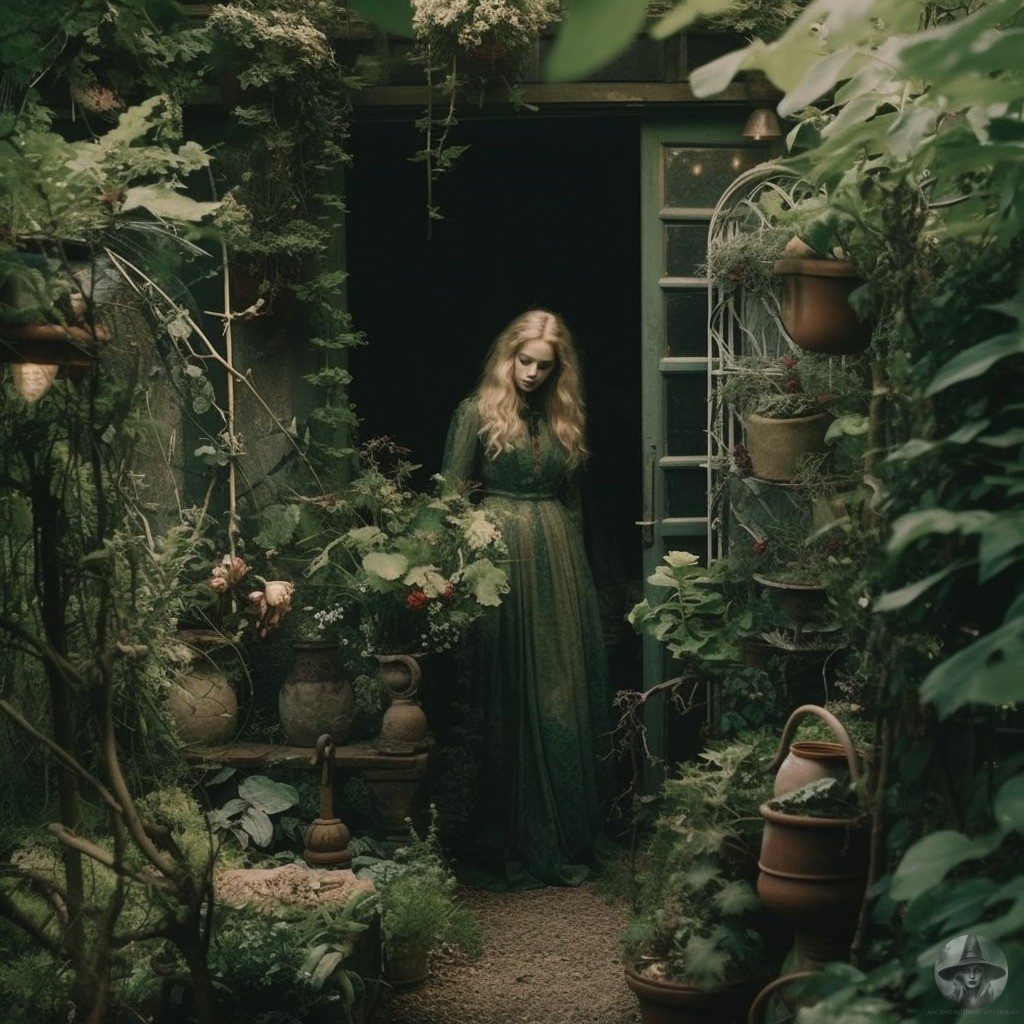


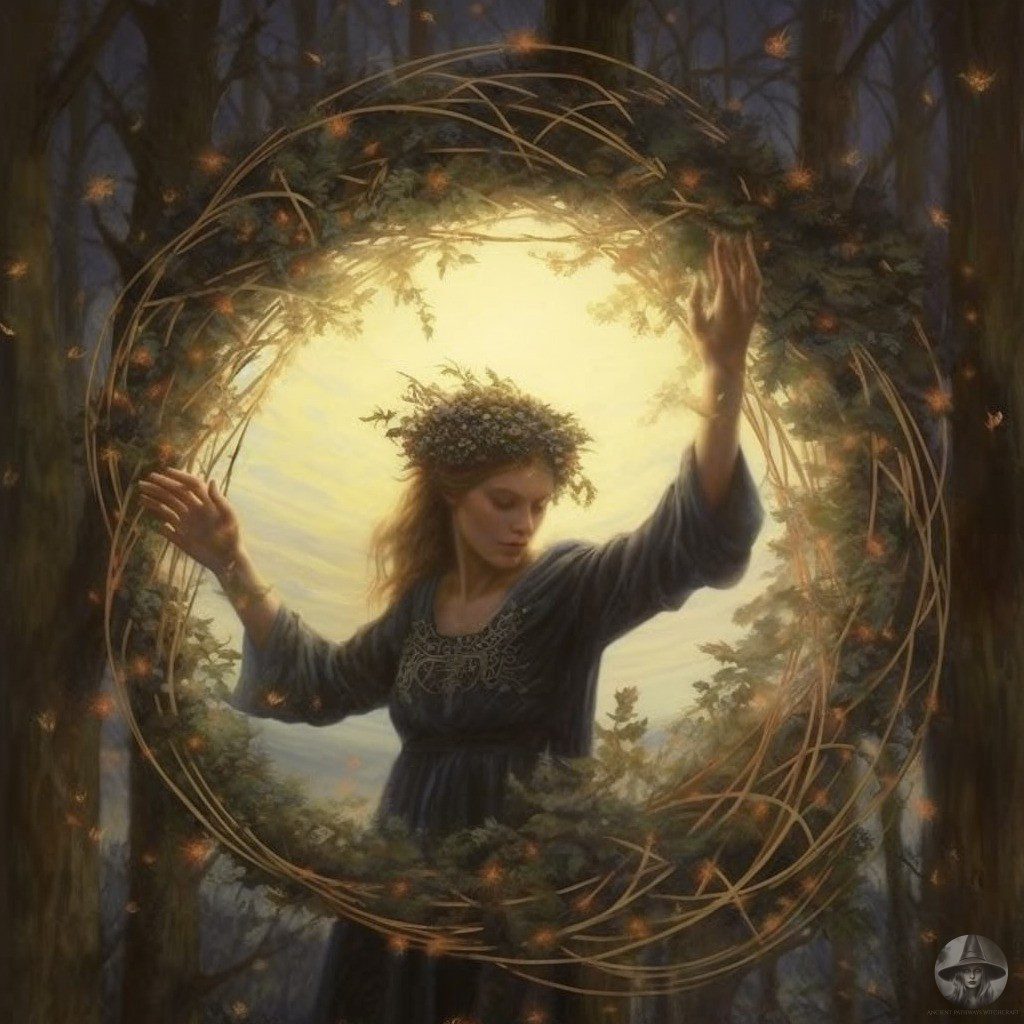
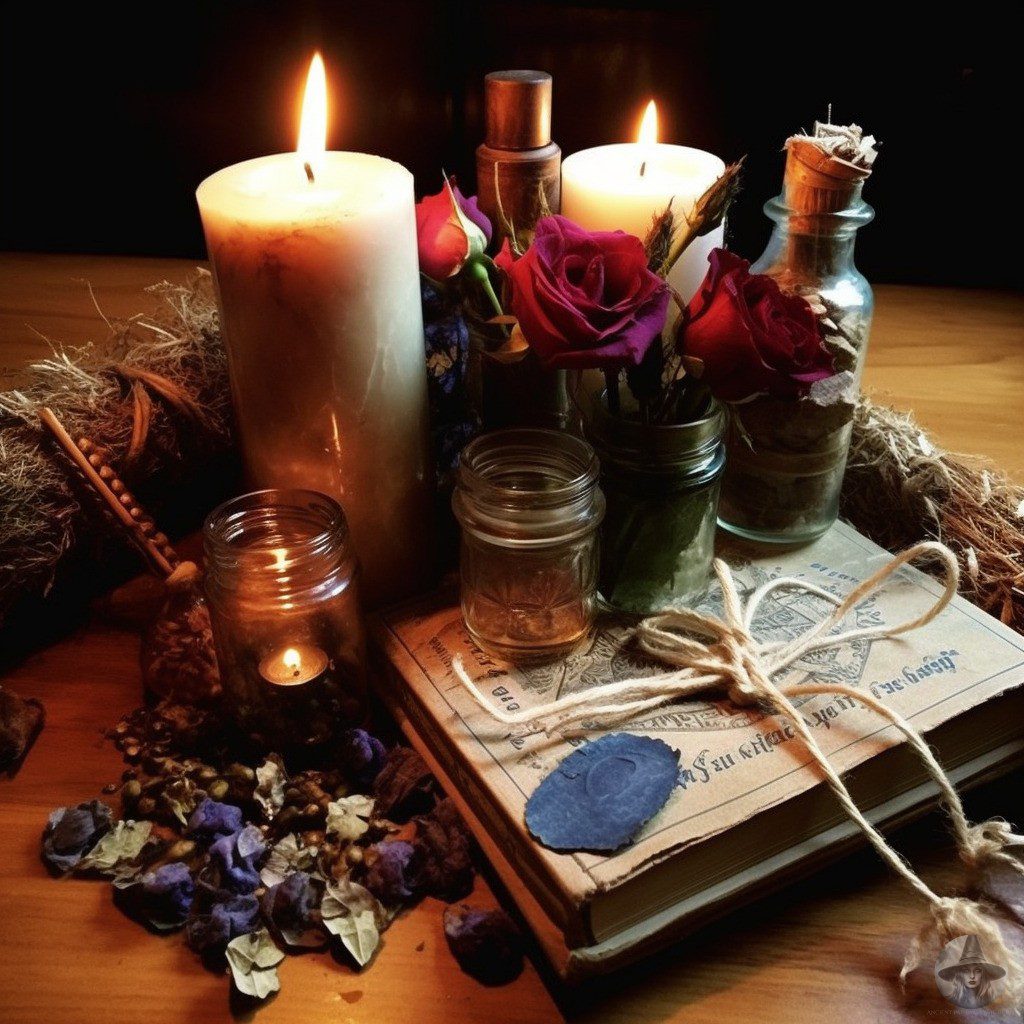
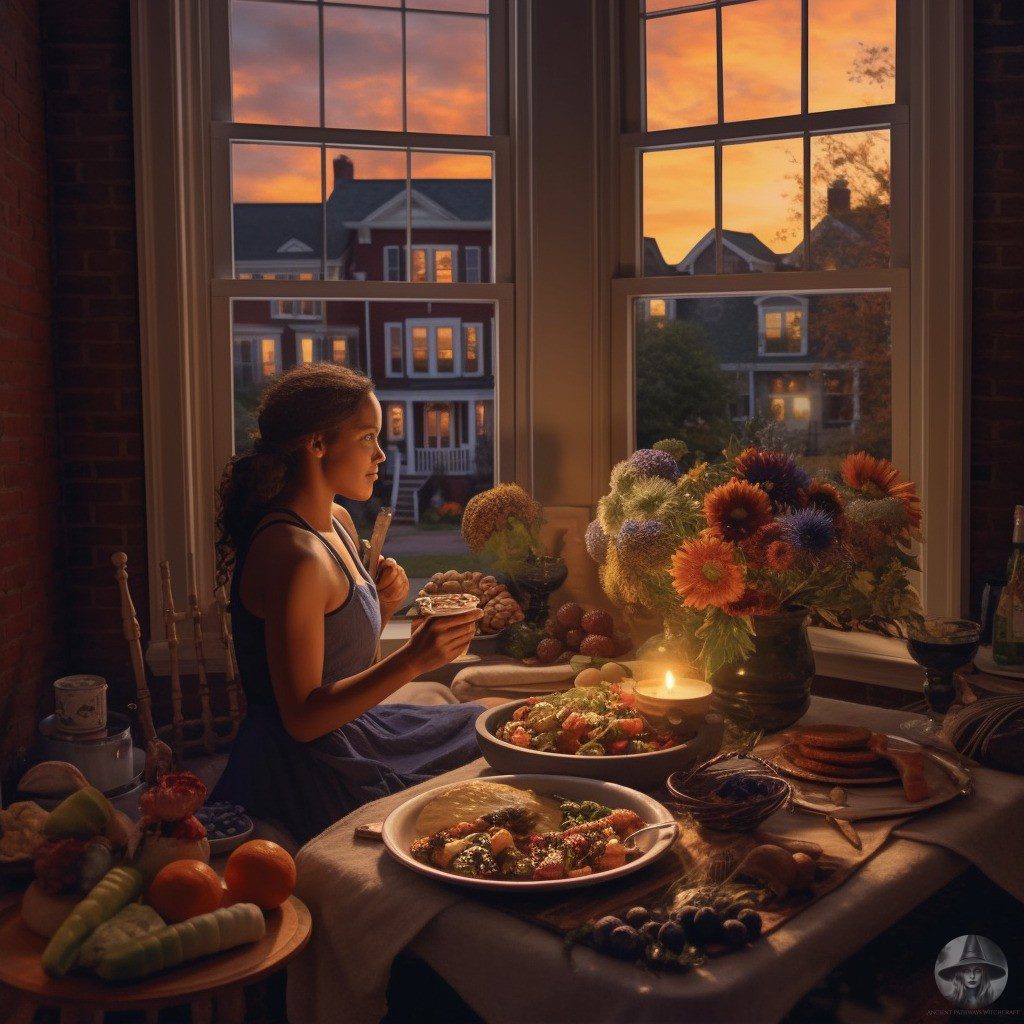
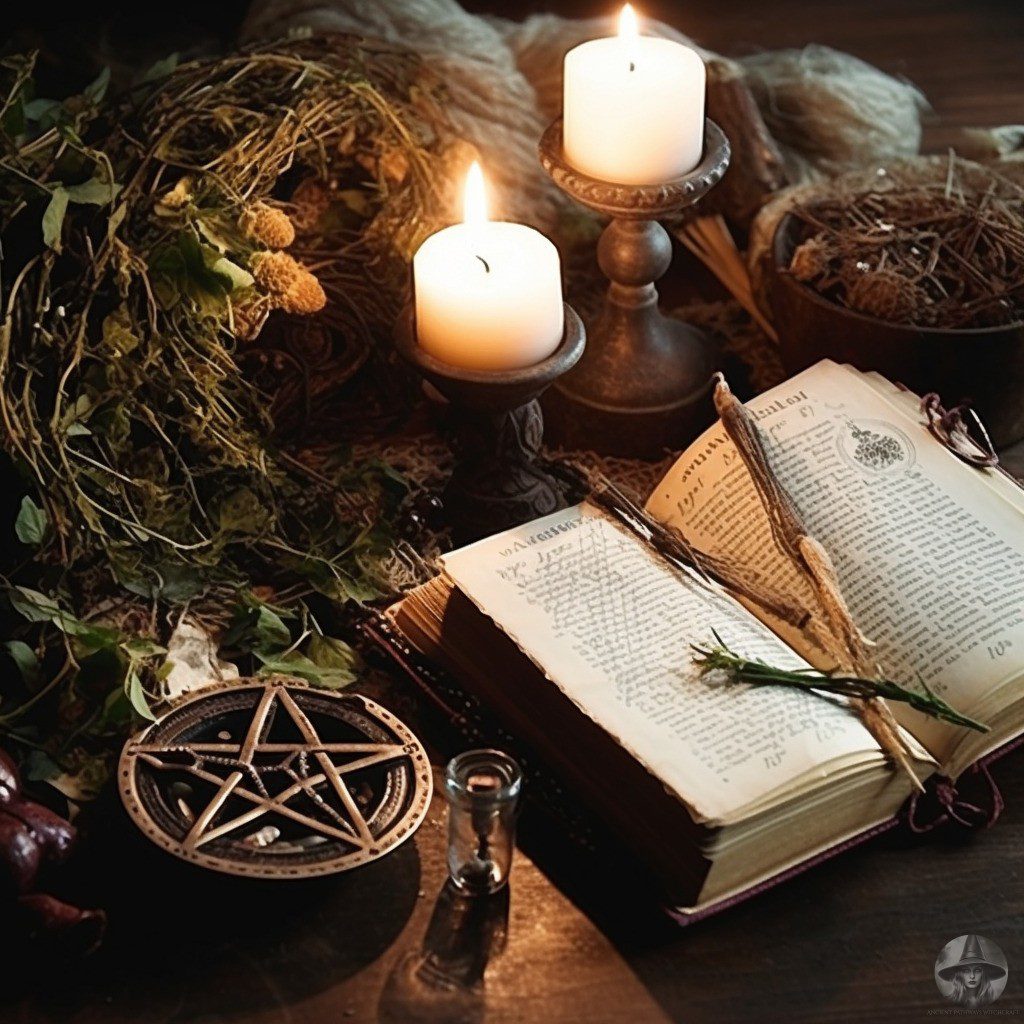
![hex-signs-exhibition-leadphoto[1] hex-signs-exhibition-leadphoto[1]](https://i0.wp.com/ancientpathwayswitchcraft.com/wp-content/uploads/2023/05/hex-signs-exhibition-leadphoto1.jpg?fit=1500%2C1001&ssl=1)
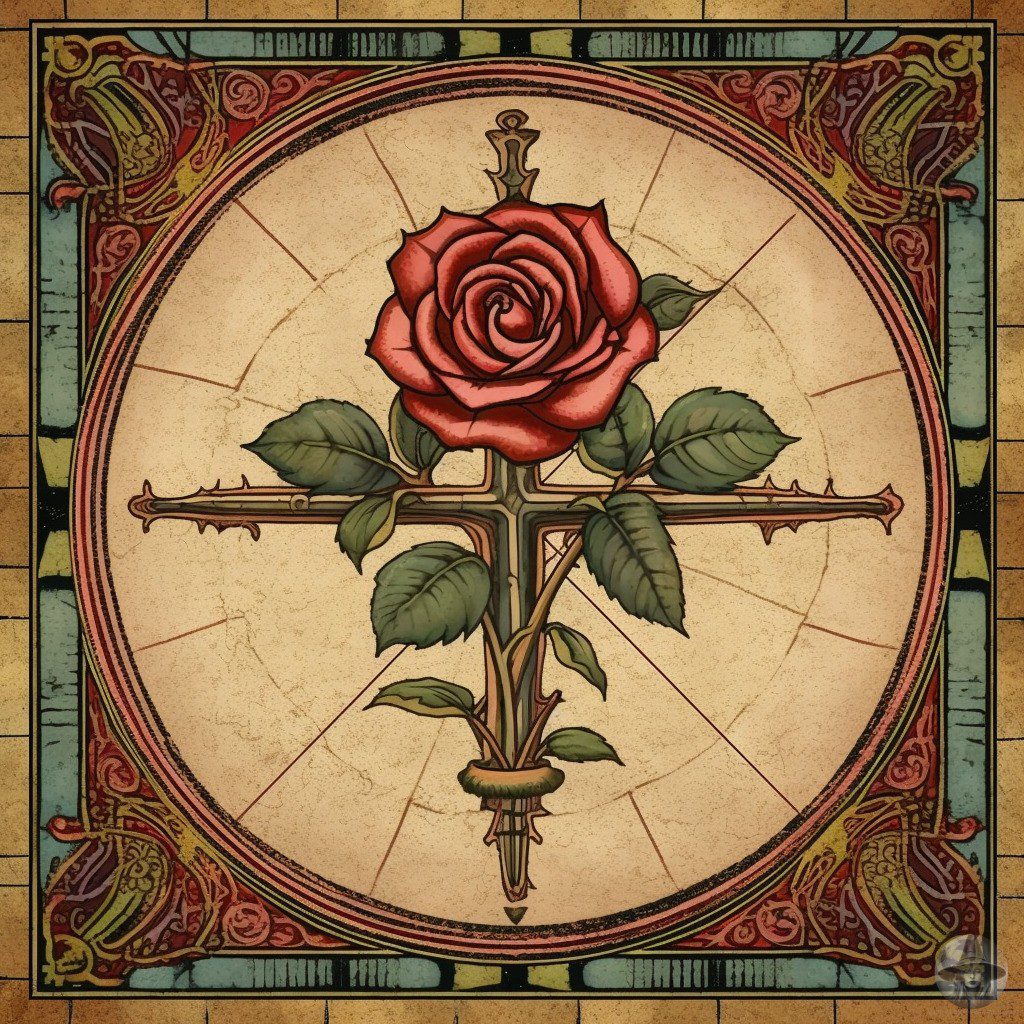

![Count_of_St_Germain[1] Count_of_St_Germain[1]](https://i0.wp.com/ancientpathwayswitchcraft.com/wp-content/uploads/2023/05/count_of_st_germain1.jpg?fit=505%2C632&ssl=1)
![800px-British_-_Francis_Bacon_-_Google_Art_Project[1] 800px-British_-_Francis_Bacon_-_Google_Art_Project[1]](https://i0.wp.com/ancientpathwayswitchcraft.com/wp-content/uploads/2023/05/800px-british_-_francis_bacon_-_google_art_project1.jpg?fit=800%2C1032&ssl=1)

![800px-John_Dee_Ashmolean[1] 800px-John_Dee_Ashmolean[1]](https://i0.wp.com/ancientpathwayswitchcraft.com/wp-content/uploads/2023/05/800px-john_dee_ashmolean1.jpg?fit=800%2C800&ssl=1)
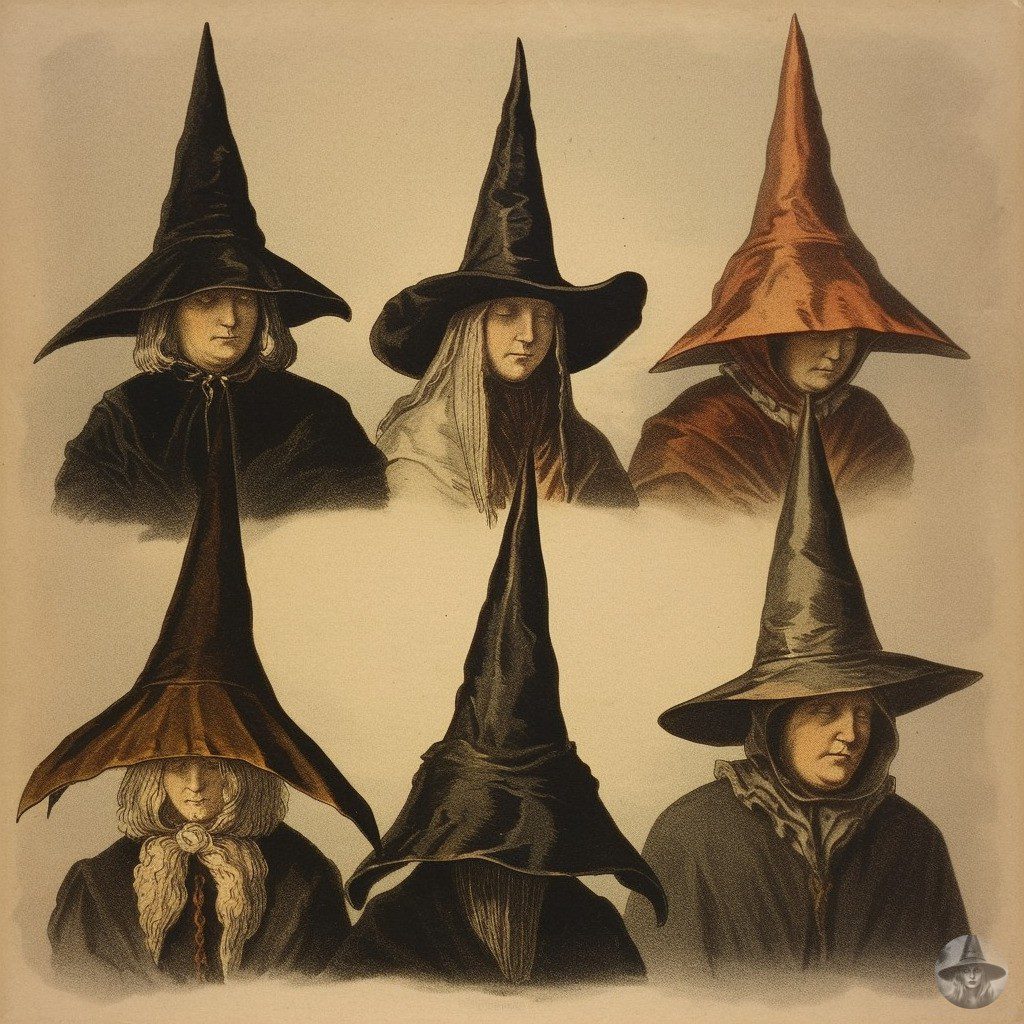
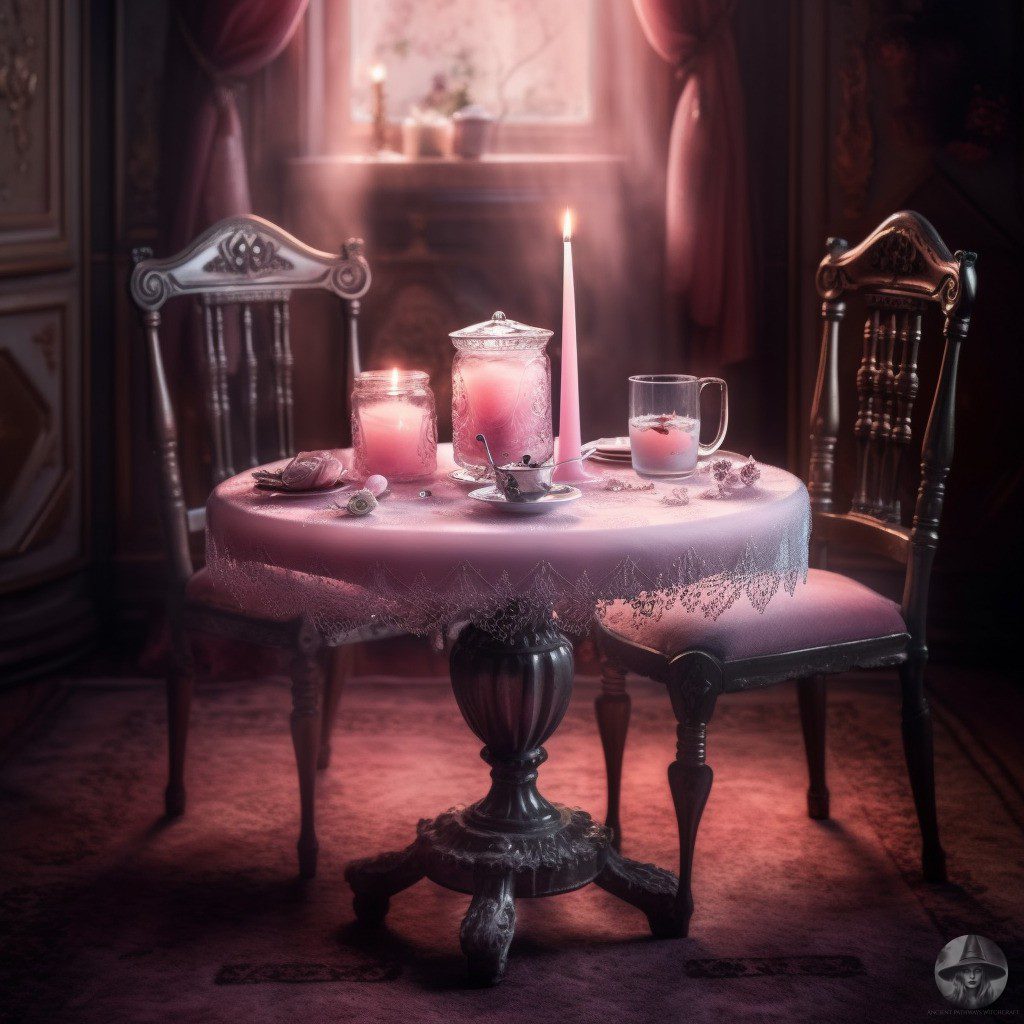


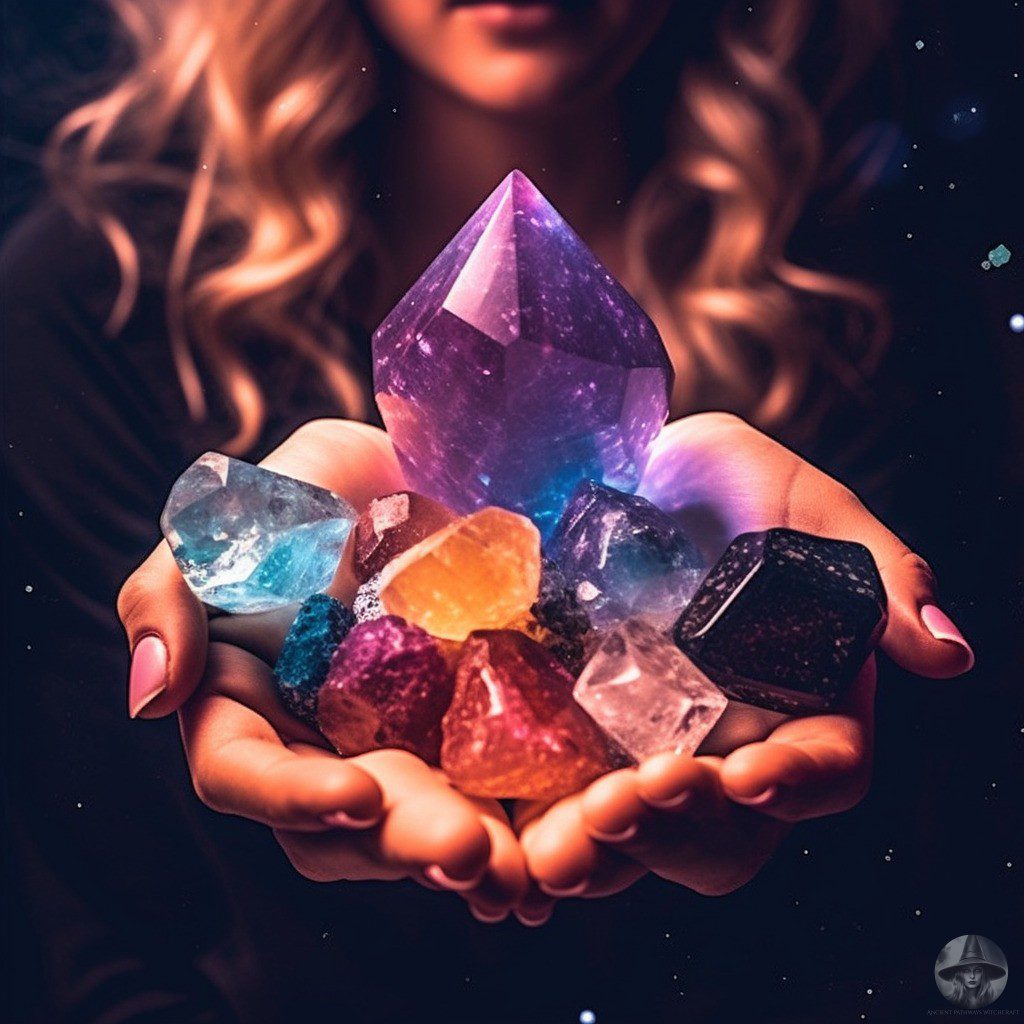













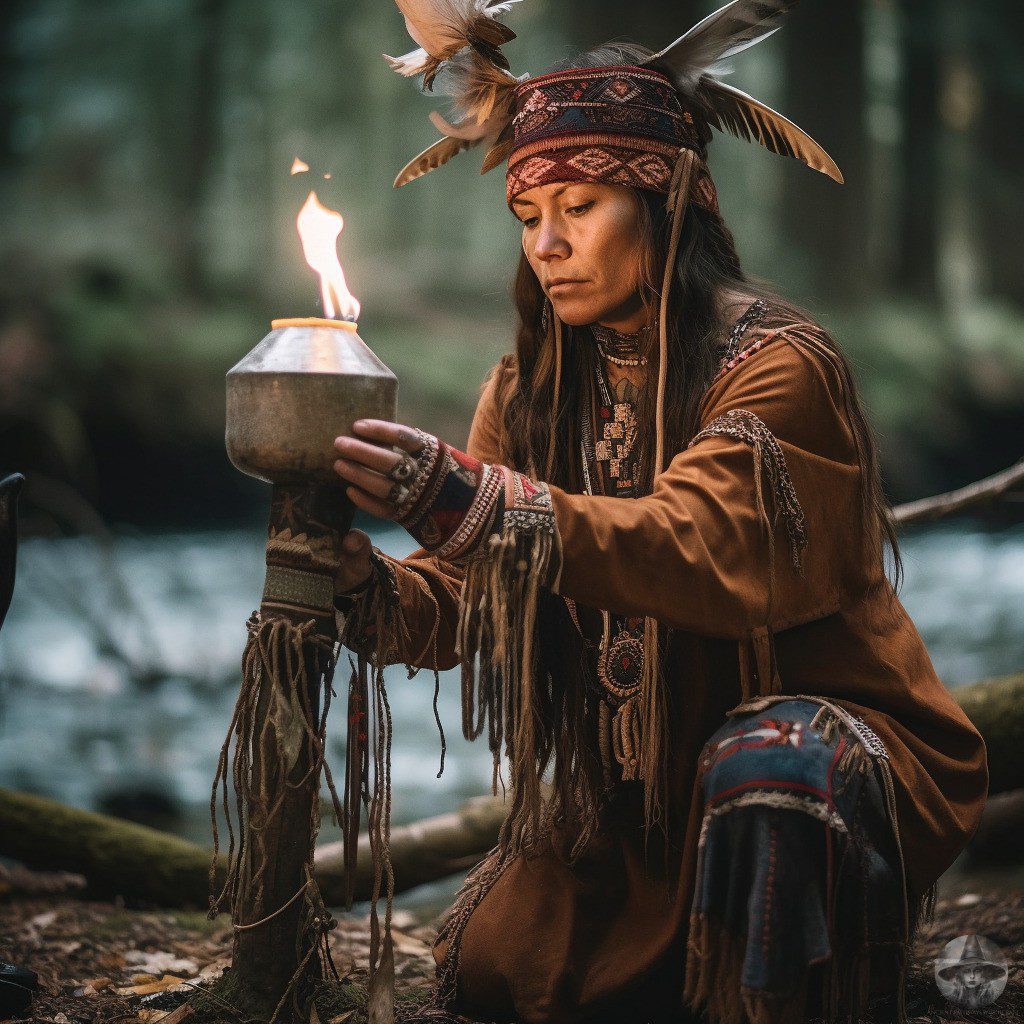

![500px-Emanuel_Swedenborg[1] 500px-Emanuel_Swedenborg[1]](https://i0.wp.com/ancientpathwayswitchcraft.com/wp-content/uploads/2023/05/500px-emanuel_swedenborg1.jpg?fit=500%2C600&ssl=1)
![Franz_Anton_Mesmer,_MRF_-_Vizille[1] Franz_Anton_Mesmer,_MRF_-_Vizille[1]](https://i0.wp.com/ancientpathwayswitchcraft.com/wp-content/uploads/2023/05/franz_anton_mesmer_mrf_-_vizille1.jpg?fit=304%2C455&ssl=1)
![800px-Photo_Kardec[1] 800px-Photo_Kardec[1]](https://i0.wp.com/ancientpathwayswitchcraft.com/wp-content/uploads/2023/05/800px-photo_kardec1.jpg?fit=800%2C1056&ssl=1)
















